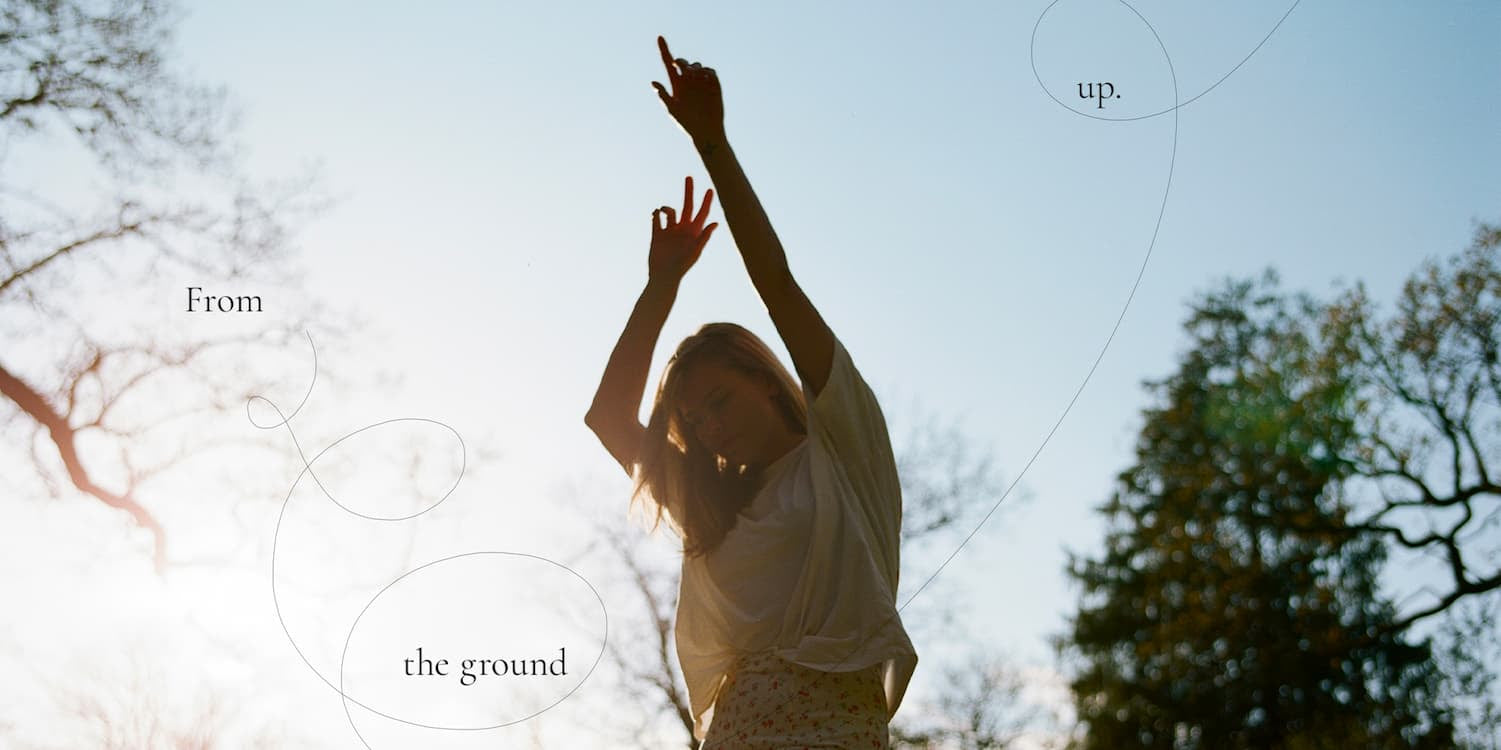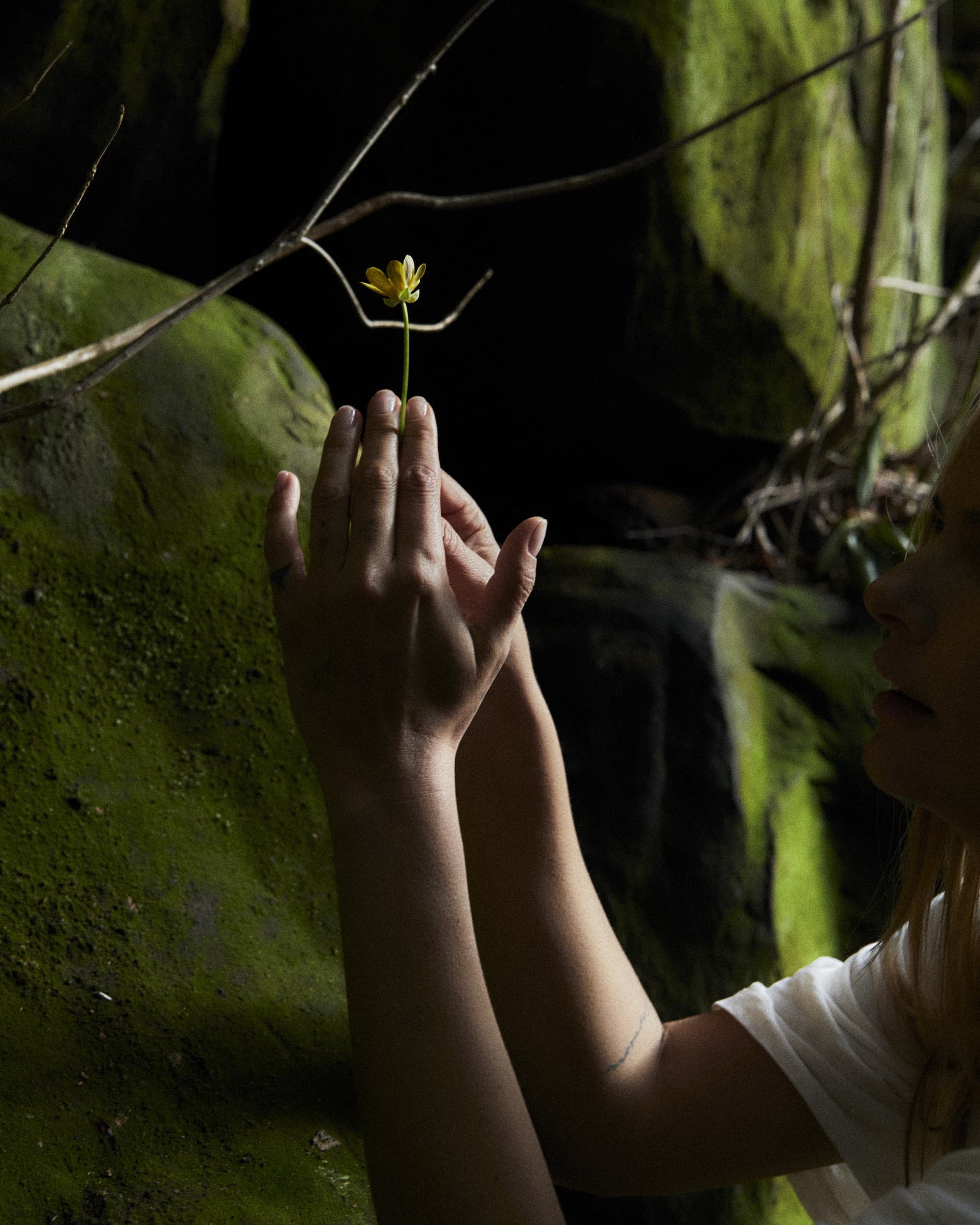Last week, Zach Bush posted a video on Instagram, where he spoke about the vital importance of human touch — how our tech-driven, biohacking-obsessed culture is drawing us further inward, isolating us from one another and cutting us off from one of life’s simplest, most powerful pleasures.
It reminded me of a “celebrity-favourite” facial I splurged on earlier this year in Notting Hill. Nearing forty and having never done more to my skin than apply my own oils, I was open to exploring the non-invasive, high-tech machines everyone raved about, four of which were used in tandem during each treatment.
By the third session, I’d not only given up hope, I felt totally disillusioned. The ninety-minute appointment included maybe five minutes of actual human touch — just enough time for the therapist to wash my face. The rest was an awkward orchestration of wheeled-in devices, loud beeps, plug-ins, and frequent absences while machines were swapped out, sometimes for ten minutes or more. Any ambiance was drowned out by clunky trolleys banging into walls. And the result? A film of shiny cream left on my skin to mimic a “glow.” Beyond that, there was nothing beneficial, let alone enjoyable, about the experience.
As someone who went to boarding school at age ten, the role of human touch is something I’ve thought about a lot over the years — how its presence, or absence, shapes us. I thought about it often during lockdown and since: what isolation does to a person, the weight of physical disconnection. Today, we live in a world where couples sit across from each other at dinner, silently scrolling; where we freeze ourselves in cryo chambers or hook into vitamin drips while flicking through feeds.
Zach said that we need another person to see ourselves. Just fifteen seconds of holding someone in a hug, he explained, sparks a cascade of neurochemical shifts; raising serotonin, dopamine, and recharging our energetic field. As a result, we feel more. Food tastes better after a hug, he said. And I believe him.
So start with yourself. Reconnect with your own skin. When you apply your skincare, don’t just dab it on; massage it in, slowly and intentionally (oils are great for this). Experience the process. This simple ritual can begin to soften the barrier we build to keep others out. It helps us feel again. From there, reach out. Transmit that energy. Open instead of protect. Feel instead of scroll. And unlike the facial, this one’s free.
Olivia x
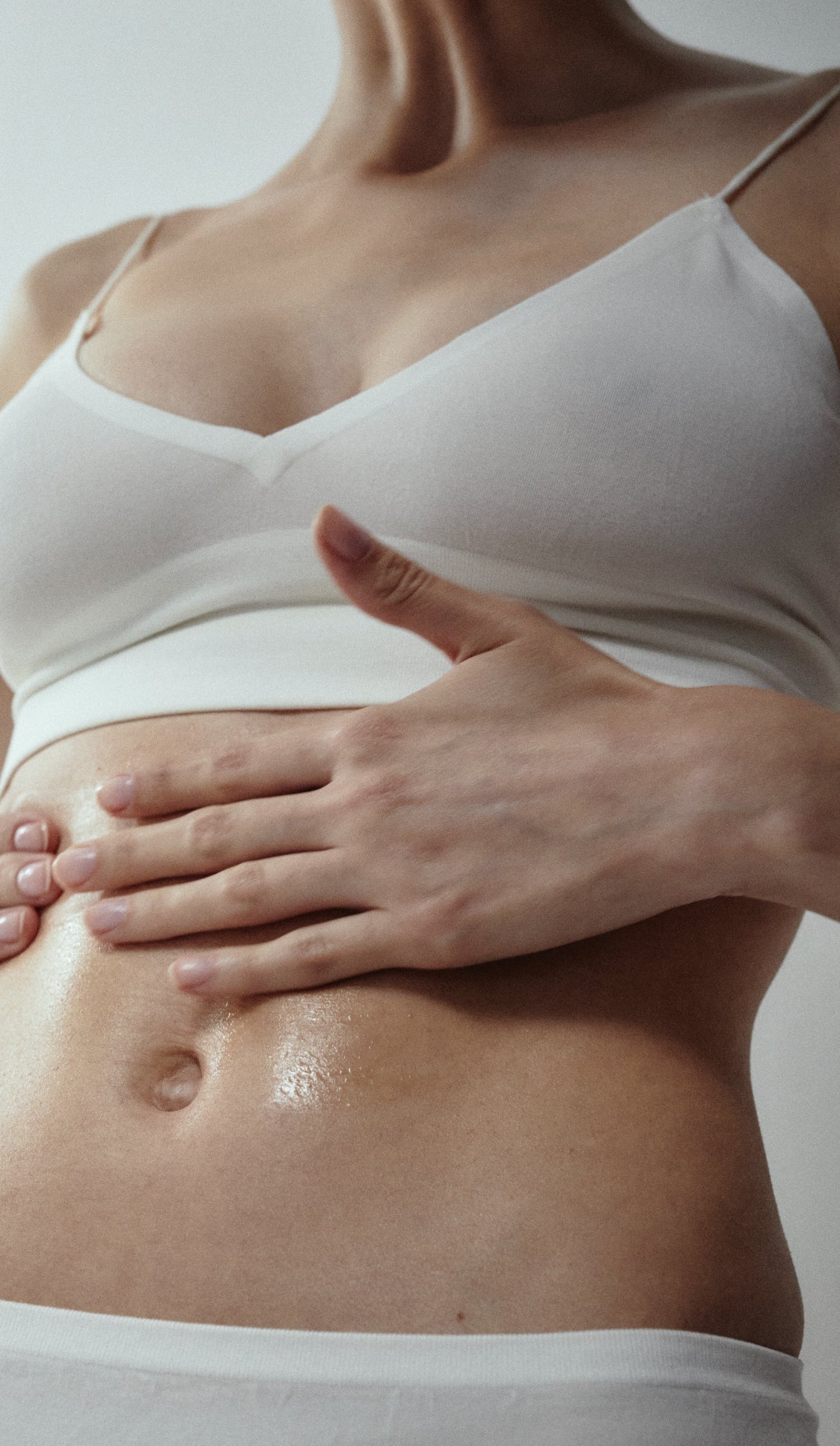
BTS
We've just received our new Gua Sha facial massage tools, which we'll be launching soon. This week I'll be working on some effective routines to use them alongside our oils.
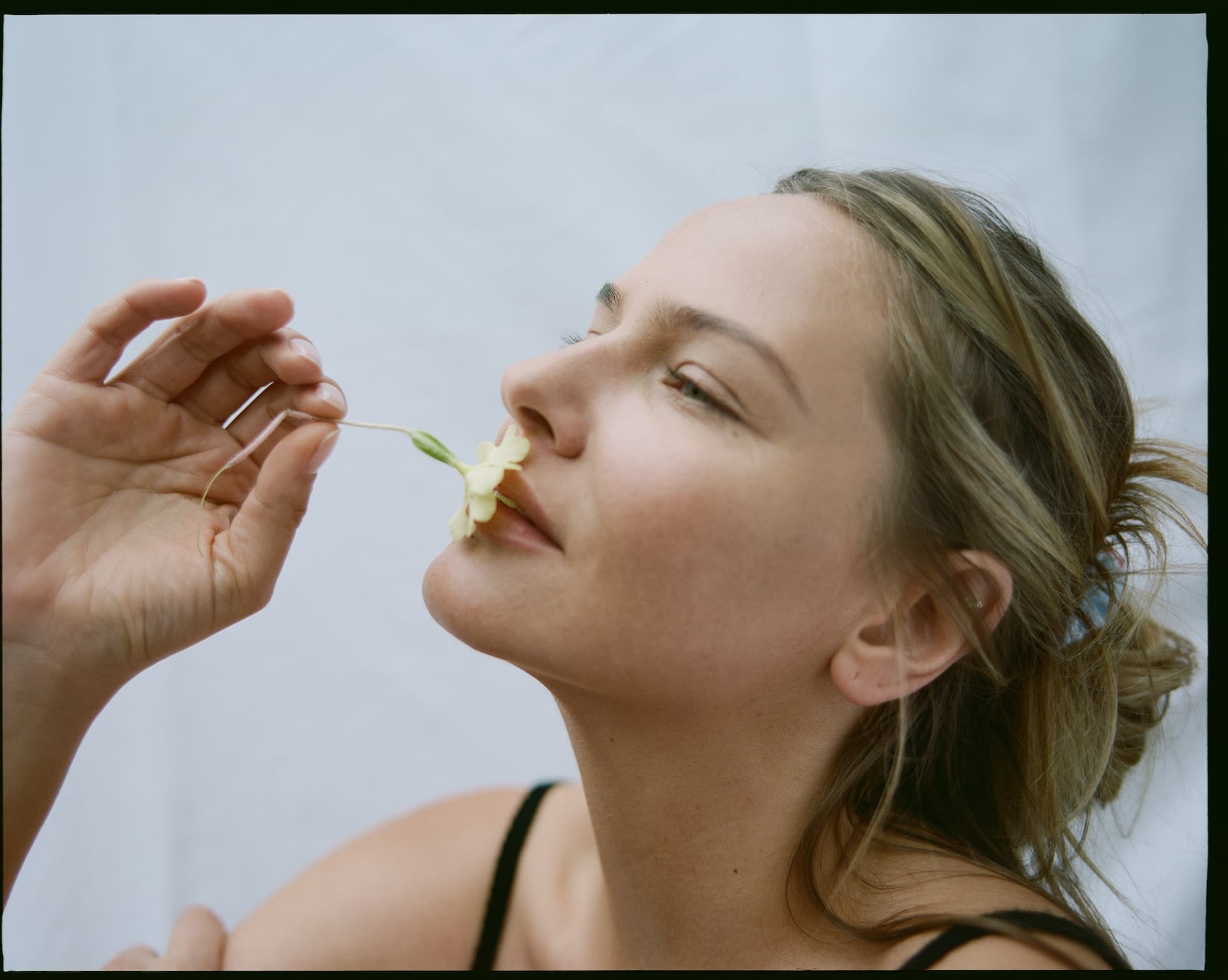
Roots
Gardening, even at its simplest, offers a tactile intimacy with the natural world that our bodies instinctively recognise. Running your fingers through soil, pruning a herb with bare hands, brushing past lavender or tomato leaves and catching their unmistakable scent… these are all small grounding rituals. Direct contact with the earth has been shown to reduce inflammation, calm the nervous system and regulate mood.
There’s a quiet exchange in this physical contact with nature. You touch a leaf; it brushes back. You dig a hole; the soil releases scent and memory. Touch, in this context, becomes a reminder that we are not separate from the world we live in. We are a part of it — one living, breathing organism among many.
This week, try to go outside and touch something living: the bark of a tree, the petal of a flower, the earth in your garden or a potted plant on your windowsill. Let it be a moment of reconnection: a soft, silent dialogue between your skin and the natural world.
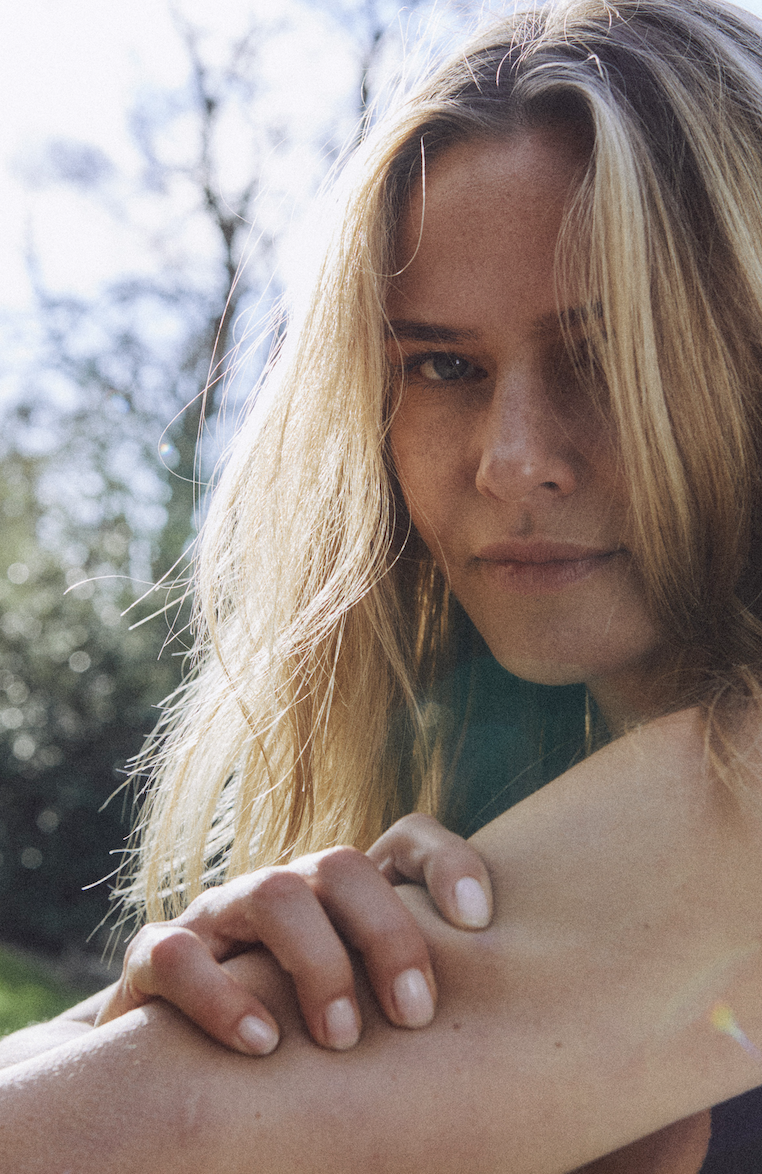
Body
This week is about returning to the most instinctive tool we have for healing, sculpting, and softening the body: our hands.Touch can be corrective as well as comforting. Beneath the skin lies the fascia: a web of connective tissue that wraps around muscles, bones, and organs. When it’s restricted through stress, stillness or injury, it holds tension, distorts posture and can even reshape the way our face or body appears. But the magic? Fascia responds to touch. This week, experiment with your skincare ritual. Don’t rush. Use your fingers and work along the jaw, cheekbones, temples, under the collarbones, or along the thighs and hips if you're working on the body. Follow where it feels tight or tender and feel your body respond.
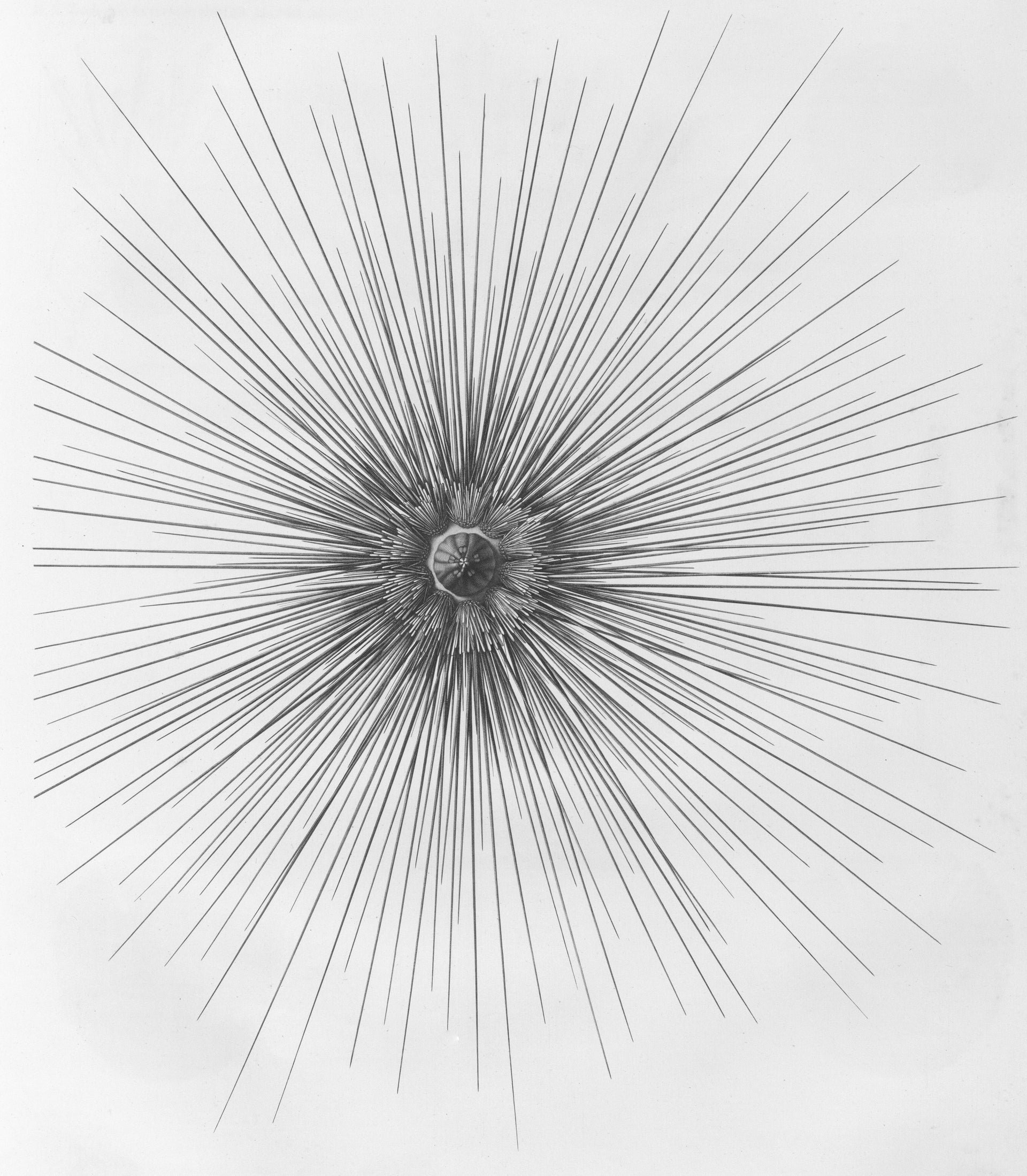
Long Haul
So much of the wellness space today, especially biohacking, is framed around the self. It’s often solitary, data-driven and precision-obsessed, but lately, I’ve been curious about what happens when we shift the lens from me to we.
I went to a group Gravity workshop recently, led by acupuncturist Toby Stephens, and it completely reframed my relationship with both the earth and other people. We weren’t doing much — standing, sensing, breathing — but at one point, I stood in the centre of a circle of strangers and felt something shift. There was no physical contact, yet the field around me felt thick, charged and emotional. A kind of collective touch. It caught me off guard.
It reminded me that we’re constantly exchanging energy, even in stillness, and that healing, especially for the long haul, might not always come from another supplement or another metric. Sometimes it comes from being in a room with others, attuning to the invisible web between us.
Maybe the future of longevity isn’t about going further alone, but deeper together.
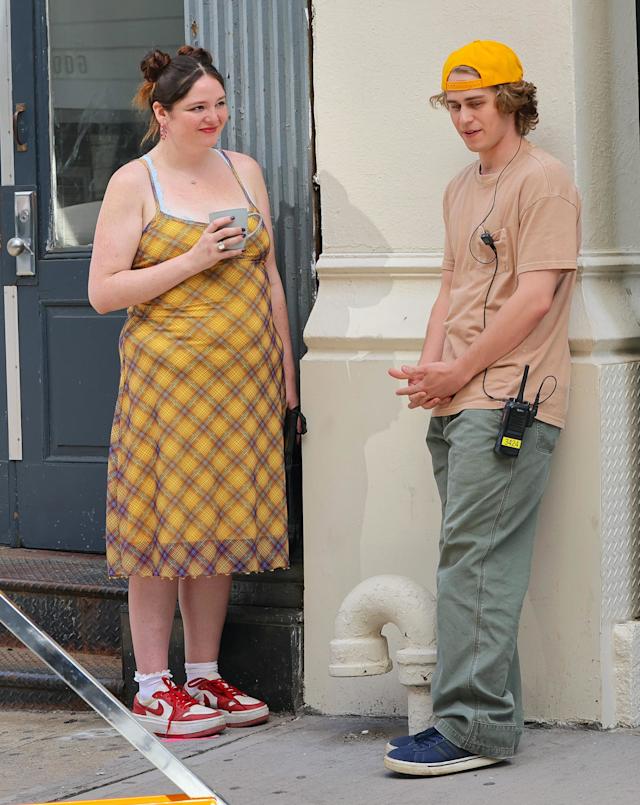
Mind
I binge-watched Lena Dunham's Too Much this week. As chaotic, brilliantly funny, and whip-smart as the show is, what lingers most isn’t the raw real or the frenetic pacing; it’s the quiet ache beneath it all, the longing to be truly seen, to be held — not just metaphorically, but literally. It's a show about disconnection in the age of hyper-connection, and it's an impeccable portrayal of the emotionally-constipated British!Underneath all the glam and mess is the most basic human craving: real connection.
